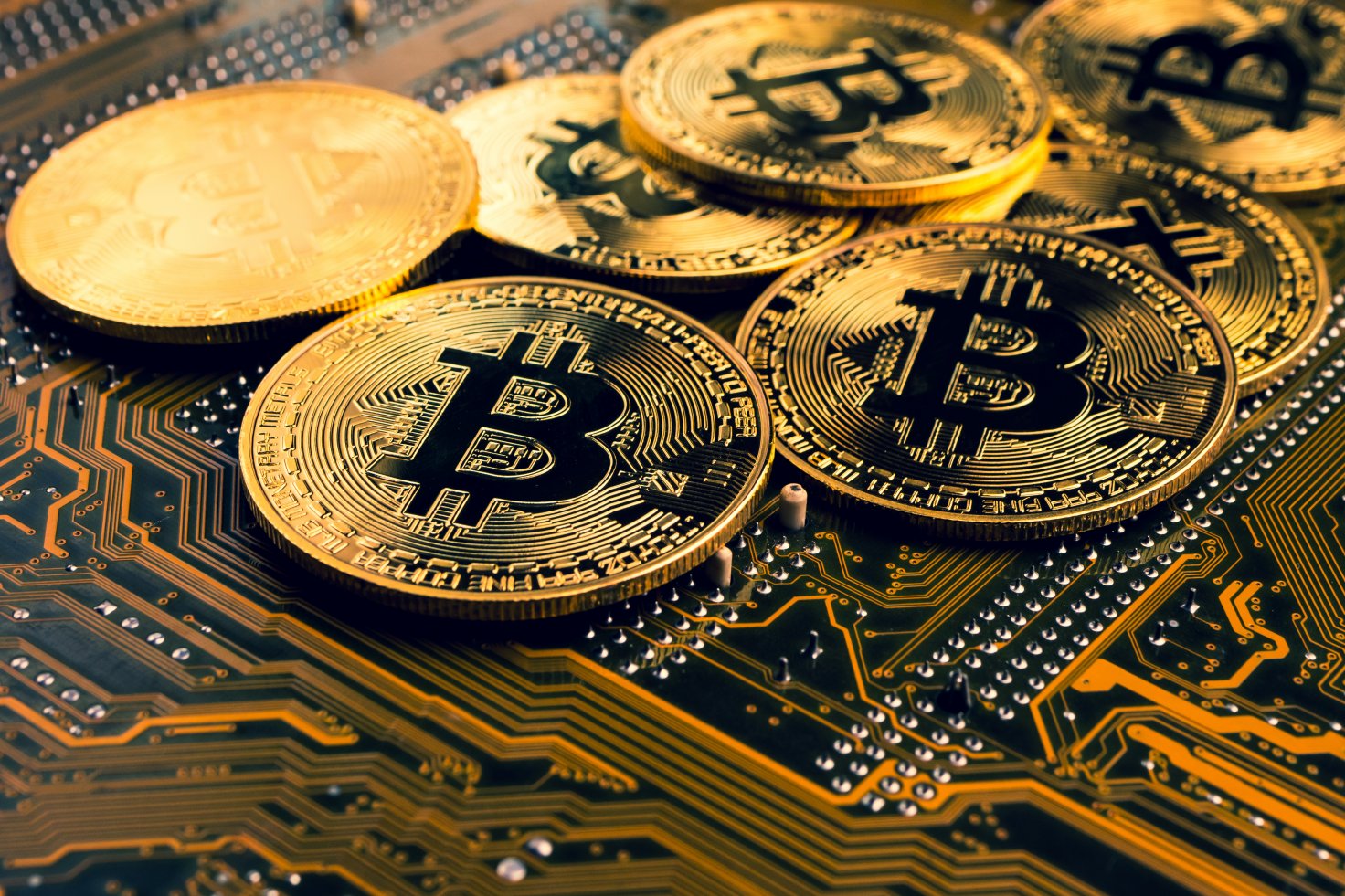The Internet’s first craze for non-fungible tokens (NFTs) was driven by the popularity of a video game called CryptoKitties. But NFTs are more than just virtual collectibles; they’re also a promising technology that could change the way we create and interact with digital content.
NFTs are digital representations of intellectual property that can be bought and sold like physical goods. They reside on the blockchain, which makes them immutable and secure. NFTs are also transparent, with a record of ownership that can’t be forged—just like the records of physical art and master files for music recordings. If someone claims to have the original copy of a piece of art or the source code for the World Wide Web, it can be verified through the blockchain, just as NFTs are traceable on the Ethereum platform where they were originally minted.
Because of these properties, NFTs can be used for anything that requires a digital record or signature. In the past, this has mostly meant visual art (think virtual paintings or even avatars on social media), music and other digital files, but with increasing frequency we are seeing them applied to traditional collectibles. For example, the NBA Top Shot collection of NFTs based on basketball games and players has become quite popular. Some NFTs are even being used as a substitute for trading cards—and as a way of memorializing notable sporting achievements.
For artists, NFTs offer the chance to sell their work directly to a global audience of buyers without the need for intermediaries like auction houses and galleries. This is particularly attractive for young, digitally savvy artists who may not have the financial resources to open their own physical gallery. In some cases, NFTs are even being bundled together to form collections that are being sold for higher prices.
In addition, NFTs can include smart contracts that enable buyers to purchase rights or services in exchange for the NFT. For example, an NFT owner of a Bored Ape Yacht Club avatar can use the item to post to their social media and participate in online events hosted by the creators of the NFT. In this way, NFTs are transforming from mere virtual items into a new form of intellectual property that can be monetized and expanded upon in the same way that traditional works of art, movies or music can.
As a result, NFTs are beginning to be seen as an emerging art form. Moreover, NFTs can be a powerful tool for the creative community to use as a means of democratizing access to their work and encouraging the creation of new forms of art that would otherwise not be possible.
But the NFT market is still relatively new, and like any marketplace for creative assets it can be subject to abuses. The most common problem involves the illegal conversion of copyrighted or protected material into NFTs. Many artists have complained of their work being turned into NFTs and sold without permission. Other abuses involve NFTs being created in ways that violate copyright or other laws, such as piracy or fake news sites. These problems will probably continue to arise as the NFT economy grows, and it is important to keep an eye out for them.

